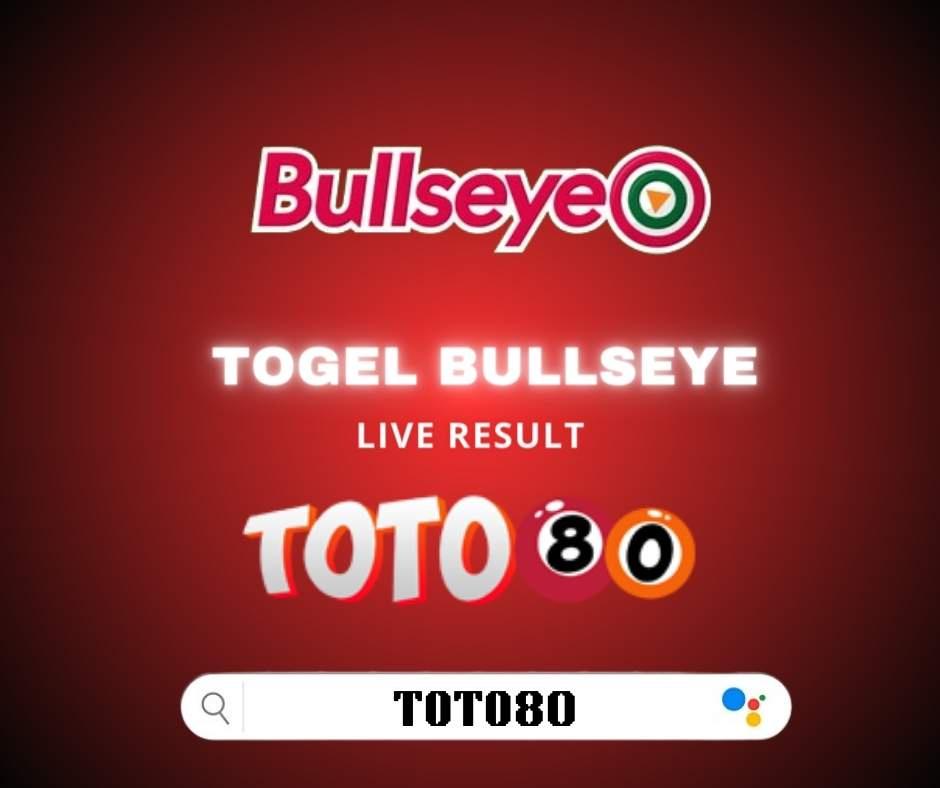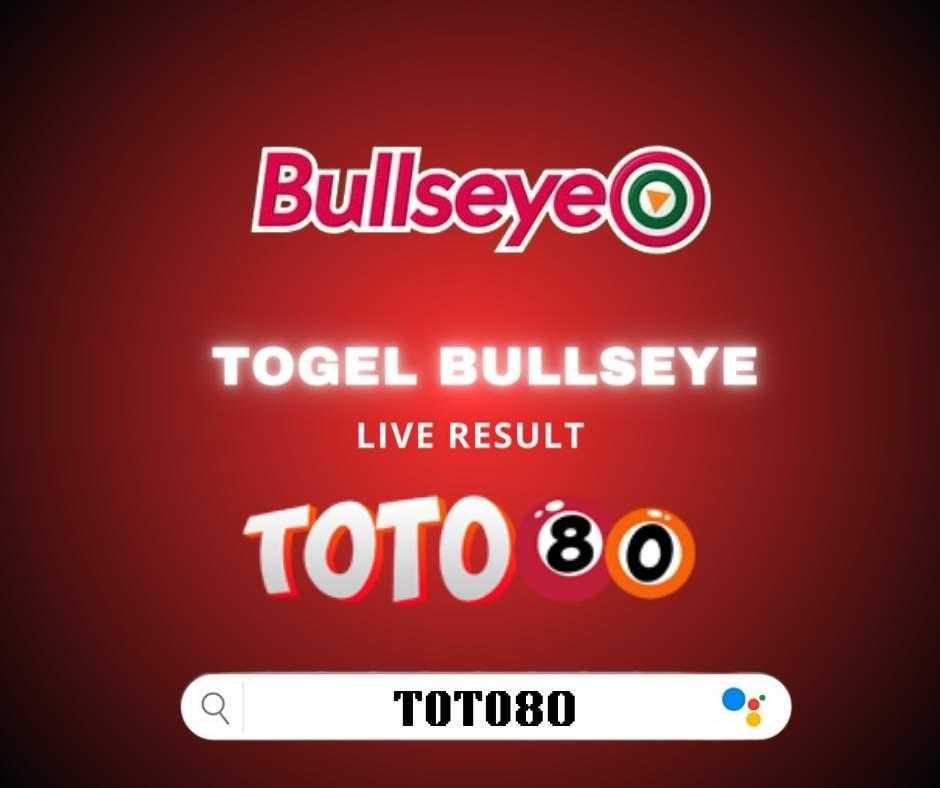1
/
of
1
TOTO80
Regular price
Rp 5.000,00 IDR
Regular price
Sale price
Rp 5.000,00 IDR
Unit price
/
per
Result Toto Togel Bullseye - Data Terlengkap 2024
Dapatkan informasi Result Togel Bullseye bersama kami TOTO80. Kami merupakan salah satu Situs Togel Aman & Terpercaya tahun 2024 ini.
Keluaran Angka Toto Bullseye Hari ini
11 Maret 2024
6358
Saksikan Keluaran Togel Bullseye secara Live bersama kami.
Bagi kalian yang suka sekali menyaksikan keluaran Togel Bullseye secara Live, kalian bisa menyaksikannya di Channel youtube rekomendasi kami.
Kalian bisa mencari dengan kata kunci "Live Result Bullseye" ataupun juga "Keluaran Bullseye hari ini" kalian langsung akan di arahkan di Channel yang terpercaya.
Couldn't load pickup availability
Share


